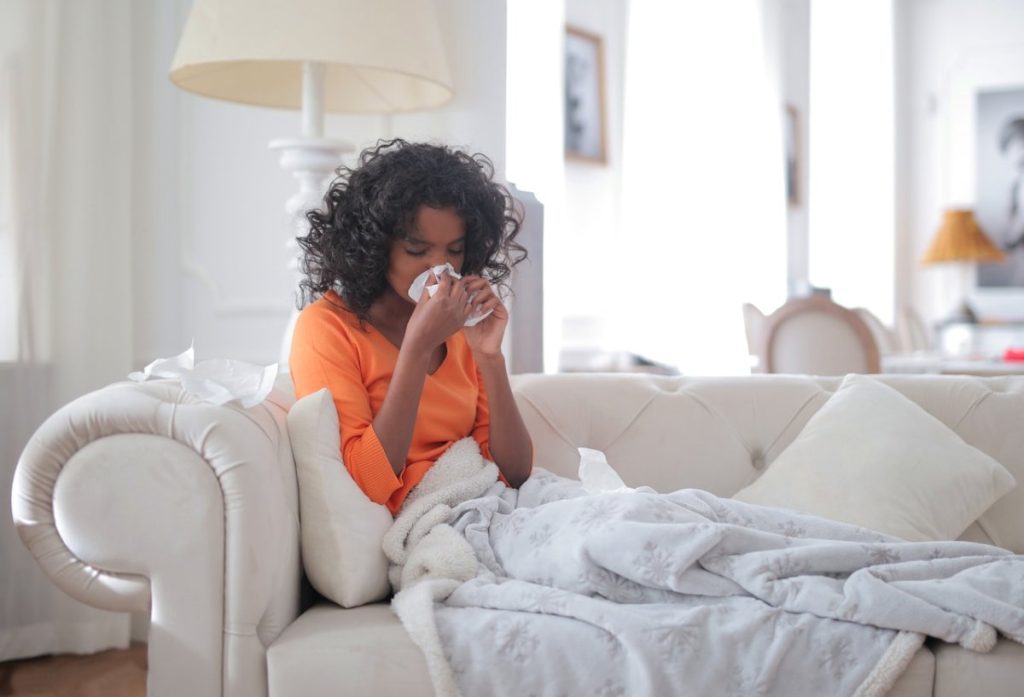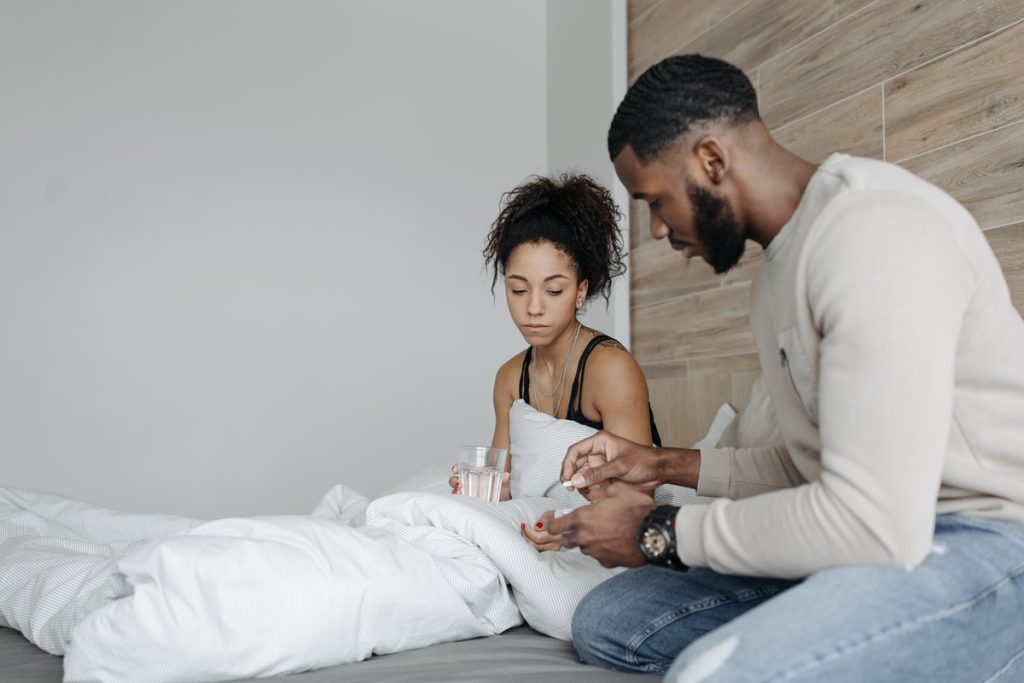You can get a cold anytime during the year. The stuffy nose and the coughing are not exclusive to cold months. Most colds do happen right around fall and winter, but humidity changes may also affect the frequency of getting infected with the common cold virus. When it hits you, you may feel tired, get that scratchy throat and run a fever.
But when do you experience these symptoms? Your symptoms will depend on where you are at in the stages of a cold.
What are the Different Stages of the Common Cold?

The life cycle of a common cold runs its course for about 10 days. Generally, it resolves itself and goes away. You’re not cured since the medical community has yet to find a permanent treatment for the common condition.
If your symptoms seem to worsen or hasn’t changed for more than 10 days, get a checkup because you may not be experiencing a common cold but an infection. For example, a sinus infection shares similar symptoms as a common cold and lasts up to 14 days.
A common cold usually covers three stages:
Stage 1 Days 1 through 3
You may feel your throat is scratchy or tingly. The sore throat may also come with a runny nose and congestion. If you don’t feel a congestion but have a headache and watery eyes, you may be in the initial part of the stages of a head cold.
A common cold is a respiratory infection due to a virus, but some people in the first stages may have different experiences because of the location of the symptoms. You may have a head cold whereas someone else may be dealing with a chest cold.
Stage 2 Days 4 through 7
Along with your runny nose, headache or congestion, you may also run a fever at stage 2 of your cold. What are the worst days of a cold? Days four through seven may be uncomfortable, and you’ll want to stay in bed since your body will also bear the brunt of the virus. In stage 2, the common cold is at its peak.
Stage 3 Days 8 through 10
Stage 2 is when your cold is at its worst. Stage 3 is when your head or chest cold starts to ease off. Your symptoms should be wrapping up and you should be feeling a bit better by day eight or 10. You may still be coughing a little, have some congestion and feel a little tired.
What about the stages of a cold in babies? Are they the same as the adults?
The stages of a cold in babies are also broken down into three:
- Three days coming – low appetite and a fever; a rectal temperature of 100.4 degrees Fahrenheit means a doctor’s visit.
- Three days here – stuffy and runny nose; fever may go away, and some appetite restored.
- Three days going – generally back to normal with the appetite.
People with compromised immune systems may experience symptoms beyond the 10 days. If you’re suffering from diabetes or asthma and the cold is taking a long while to resolve itself, talk to your doctor. If your healthy and your symptoms aren’t easing off, you may not have a common cold but a potential infection.
How Do You Know it’s a Cold and Not Covid?
The trouble with respiratory illnesses is that they’ll share symptoms so similar, you may be treating a common cold but have allergies, the flu or worse, coronavirus.
How do you know you have COVID and not a cold?
Two symptoms are distinct to COVID-19:
- Diarrhea
- Nausea or vomiting
When you experience both along with your cough, fever and sore throat, get tested for COVID. If your test comes out positive for coronavirus, you get the right treatment for your condition.
If it’s negative, then you know to treat your symptoms for a cold.
How to Get Rid of a Cold

In some cases, your head cold or chest cold may go away on its own without much treatment. But you can ease the symptoms with a few remedies.
Stage 1
- Stay hydrated with water
- Get plenty of rest to strengthen your body’s immune system
- Try lozenges to minimize the severity of sore throat
- Try saline or nasal spray
Stage 2
- Try a cough suppressant
- Do a steam bath or shower
- Eat more fresh fruit for vitamin C (or a supplement may also work)
- Try a saltwater gargle as a fast remedy to kill a sore throat
Stage 3
- Take an over-the-counter ibuprofen, decongestant or cough suppressant
The Stages of a Cold: Prevention and Preparation
No one has immunity against the common cold. But you may be able to prevent it from happening too often or prepare for it, so the symptoms will not be as severe. Families with young children will especially need to practice a few good habits to keep everyone safe.
- Eat a balanced diet
- Exercise regularly
- Wash your hands frequently
- Use hand sanitizers when you can’t use soap and water
- Stay home when you’re sick
Overall, just strengthen your immune system. And minimize contact with people if you’re experiencing symptoms of a common cold.


